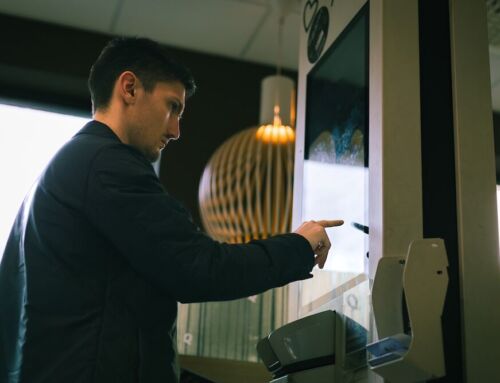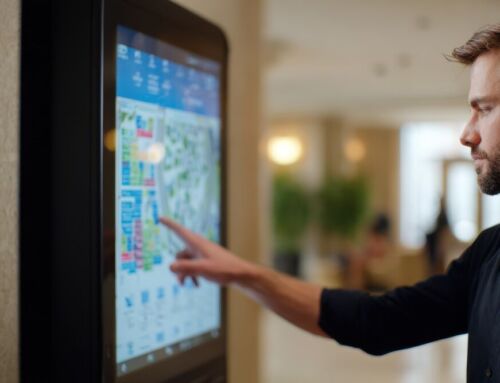How people interact with business is changing. These days, we’re just as likely to make a purchase online as we are to walk into a shop. If we want information or support, we’ll click on a live chat widget or even post a message on social media just as often as we’ll pick up the phone.
Over the next few years, we can expect this to change again. Video streaming is already changing how people communicate. The work-from-home trend has triggered a huge surge in the numbers of people routinely using video conferencing as part of their jobs. The fastest-growing social media platform is video-based TikTok.
It won’t take long for this to filter through to how consumers want to engage with businesses. Instead of clicking a live messaging widget in an app or on their browser, they will expect to be instantly connected to an agent via video.
That will require companies to update their customer support and contact centres, of course. We can speculate whether the biggest challenge might be the cultural change required to have staff feeling comfortable about sitting in front of a camera all day, rather than the relatively straightforward task of installing the cameras!
But such a change could also hand businesses an opportunity to reinvigorate their on-premise operations. In sectors like banking, where the cost-benefit rationale of keeping physical branches open has been under heavy scrutiny for a number of years, it could mean the difference between physical premises disappearing completely and making an unlikely return to our high streets.
And the key to it all is kiosks.
Interactive kiosks
Self-service kiosks are subject to the same rapid evolution as all other forms of digital technology. Innovations in how and where they are used are emerging all the time. A key trend we expect to come to the fore in the near future is so-called interactive kiosks – kiosks deployed specifically to provide a video touchpoint.
Video will take the use of kiosks as information and service touchpoints up another level. If people become accustomed to connecting face-to-face with a real person via video when they are using their mobiles or laptops, they will expect the same from kiosks, too.
And although it has been proven that a lot of people like the freedom of doing things for themselves when using digital consoles, whether that’s looking up information or making a purchase, sometimes it’s just easier to ask a real person a direct question. Ultimately, it’s all about providing choice.
Arguably the most interesting and exciting potential use for interactive kiosks is deploying them in unstaffed premises. Going back to the example of the banking industry, one of the starkest examples of digital technology impacting ‘in person’ commerce is the steady closure of thousands of local bank branches across the UK.
Banks argue that the drop in footfall triggered by the rising popularity of digital banking made staffing so many branches unviable. But the counter argument is that this takes away a choice for customers, and leaves people who are not on board with digital banking out in the cold.
Interactive kiosks provide a solution. Installing kiosks is much, much cheaper than employing tellers. There is also a cost gain to be found in the fact that you would need much smaller premises. As we have suggested, banks, like all businesses, are likely to be transitioning to video-first customer service anyway. So they would be using the same contact centre resources whether customers got in touch with them from their phone or from an on-premise kiosk.
For customers, especially those who would prefer not to use digital banking, it would give them the option to go to a bank and get face-to-face assistance, just via the medium of video.
It’s a concept that could be rolled out across numerous other sectors – staffless mini-showrooms for real estate, travel packages, insurance, vehicles, telecoms products and more. Watch this space.




